Foam rolling for runners: improve mobility and performance
Foam rolling for runners helps you relieve the strain of running on your soft tissues, and restores elasticity and circulation so you can run further, stronger
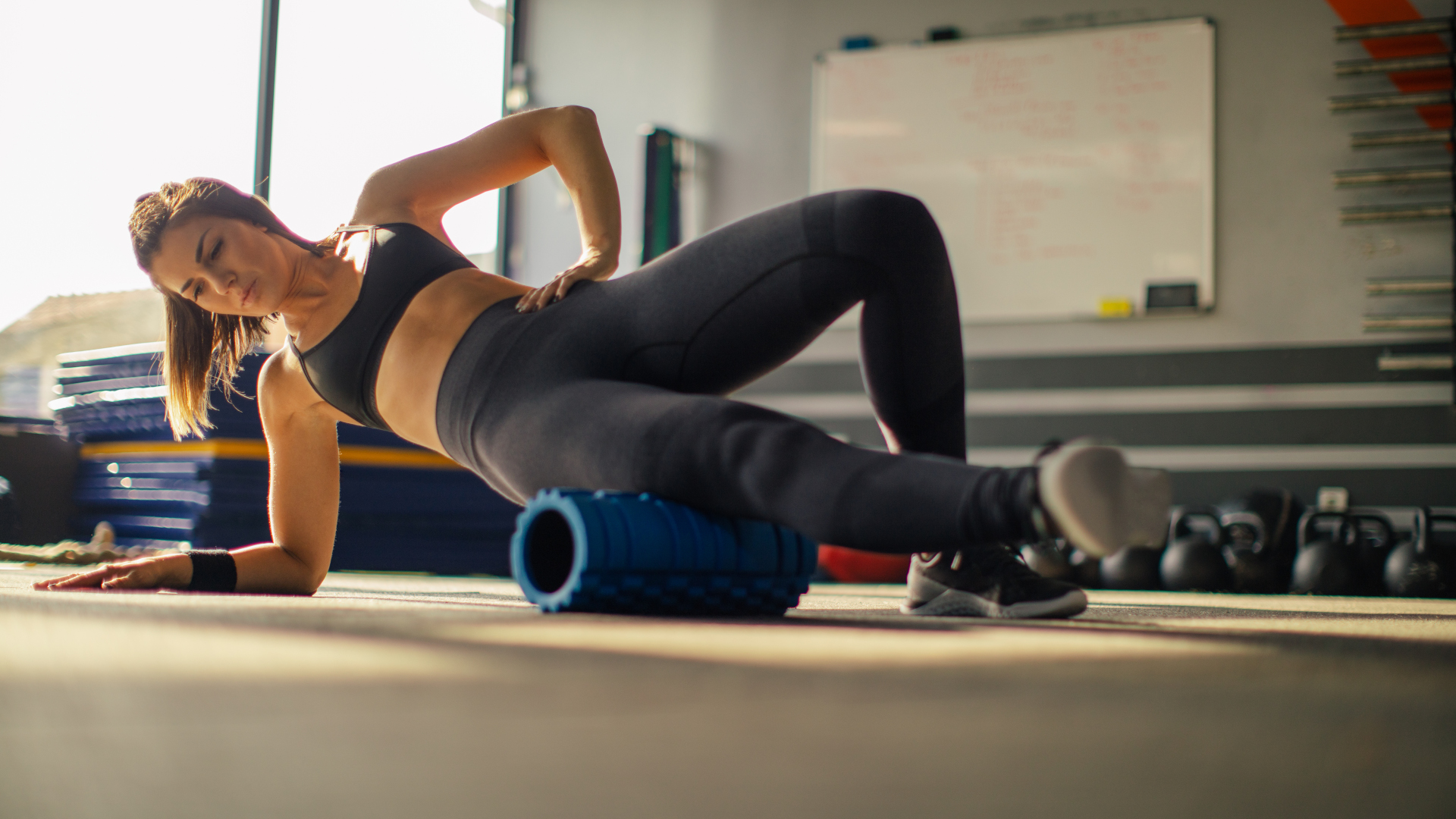
Running is one of the best forms of cardiovascular exercise there is, but its amazing benefits for your heart and lungs can be somewhat offset by the tweaks, tightness and injuries that can be sustained by the repetitive movements of this high impact sport. The more time you spend in your best trail running shoes, the more you’re likely to have noticed stiffness and pain in your muscles and joints. Foam rolling for runners helps you relieve the strain of running on your soft tissues, and restores elasticity and circulation to improve your performance.
A foam roller is a lightweight cylinder made of foam that can be used to perform a type of self-massage that helps alleviate tightness in the fascia – or connective tissue – between your skin and your muscles. This connective tissue can become restricted and cause pain when you run a lot, particularly in your hips and legs, and this can inhibit your range of motion in important joints like your knees, ankles and hips. If this isn’t tended to, it can result in imbalance and injury.
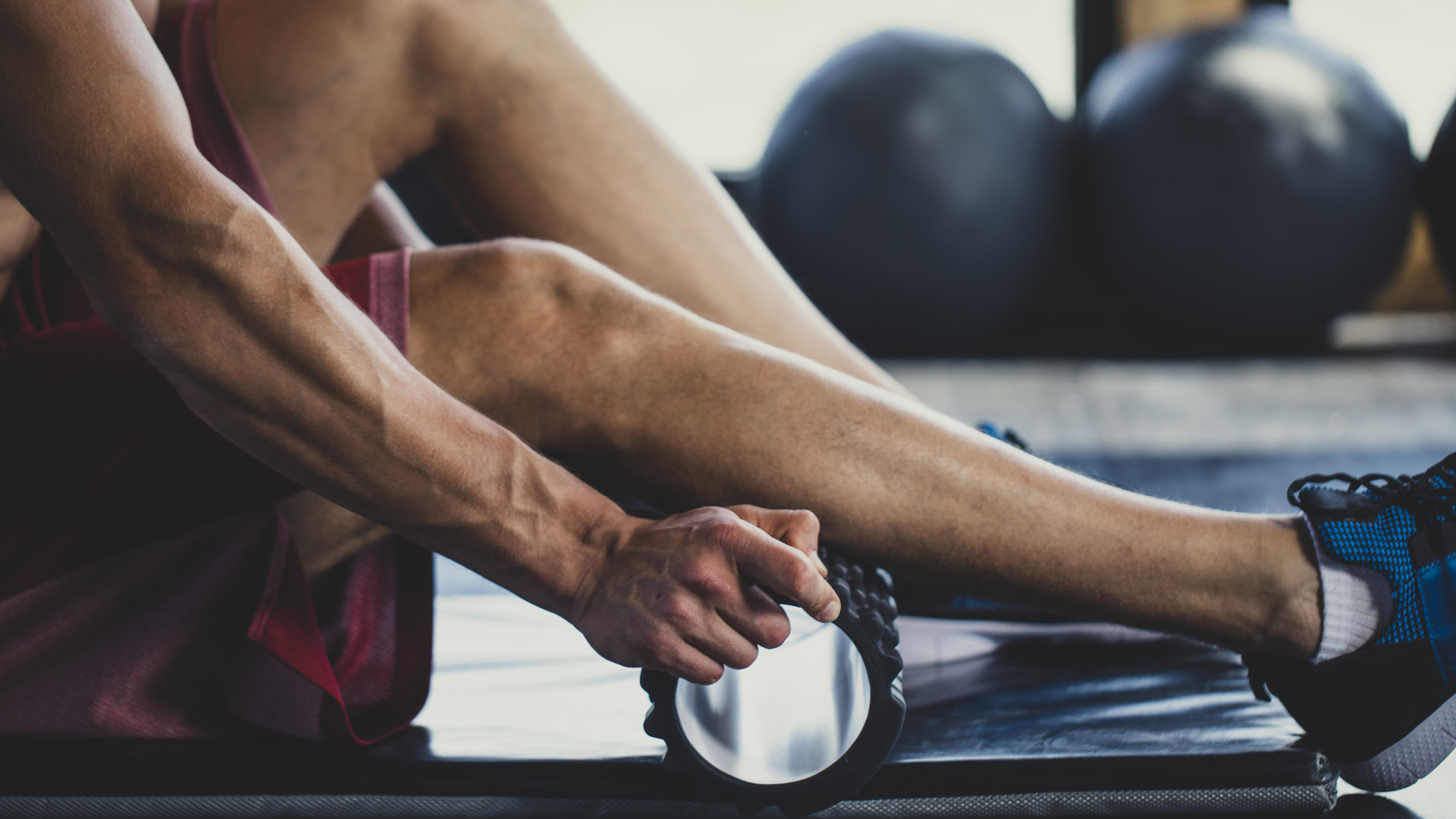
Foam rolling involves lying on top of your roller which will be placed to target a certain area – say, your hamstrings – and moving your body so that the roller moves up and down your hamstrings to massage out any tension lurking beneath the surface.
Foam rolling is believed to stimulate blood flow which decreases inflammation and speeds up recovery, reducing pain and improving elasticity of your muscles and therefore overall mobility.
Is foam rolling good for runners?
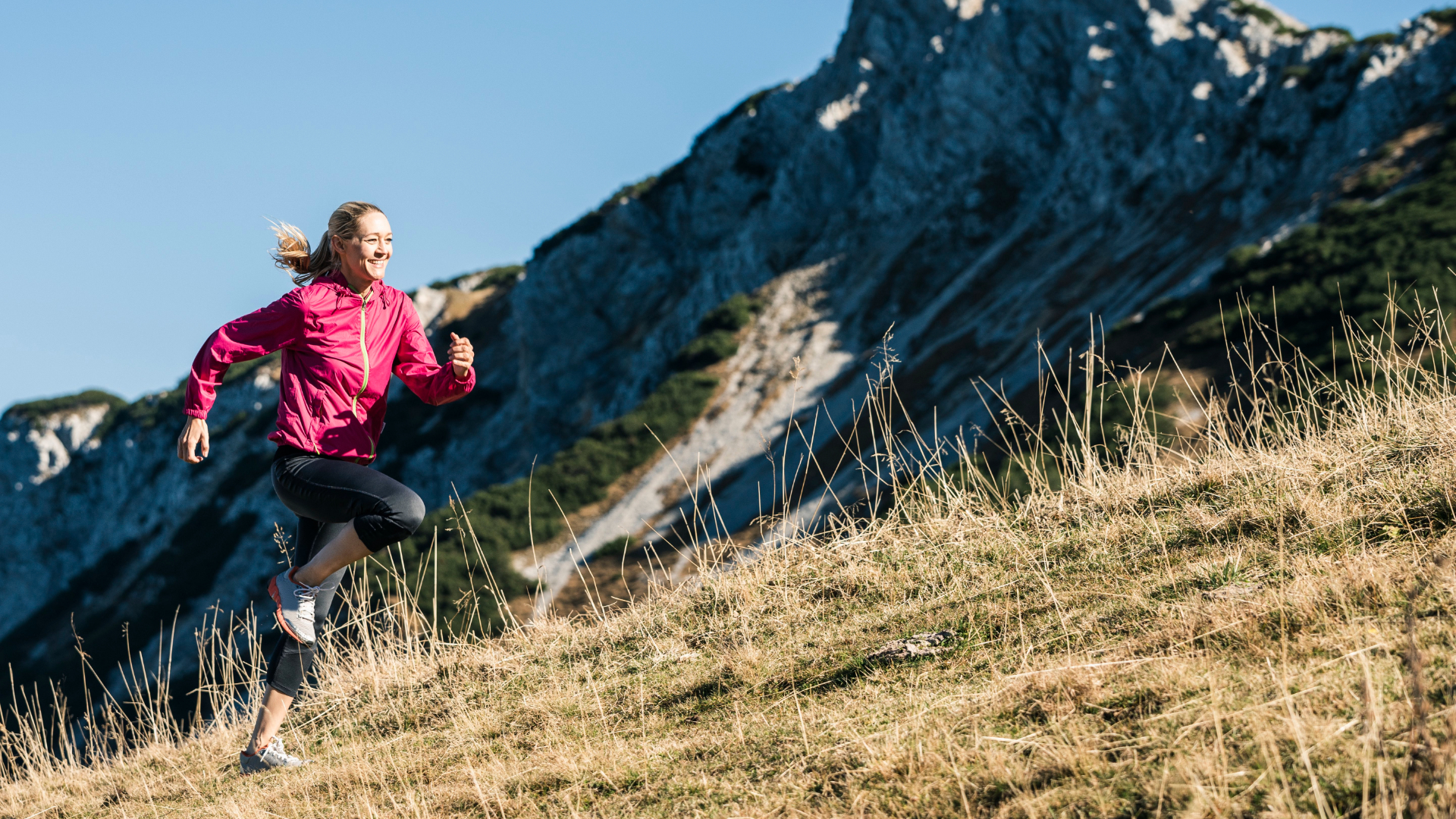
As we outlined in our article on pilates for runners, foam rolling may be even more effective than stretching for runners. Running involves linear movement (essentially, you only move forward) and short, repetitive movements of your knees and hips which strengthens a very specific set of muscles, primarily your quads and hip flexors, and tends to bypass muscles like your glutes and hamstrings.
The quad-dominant nature of running often leads to very tight IT bands, a strip of connective tissue that runs along your outer thigh from hip to knee. Connective tissue is generally less mobile than muscle tissue to begin with, and when the quad muscles it connects to are overdeveloped, the IT band essentially becomes more restricted, which can lead to knee and hip pain.
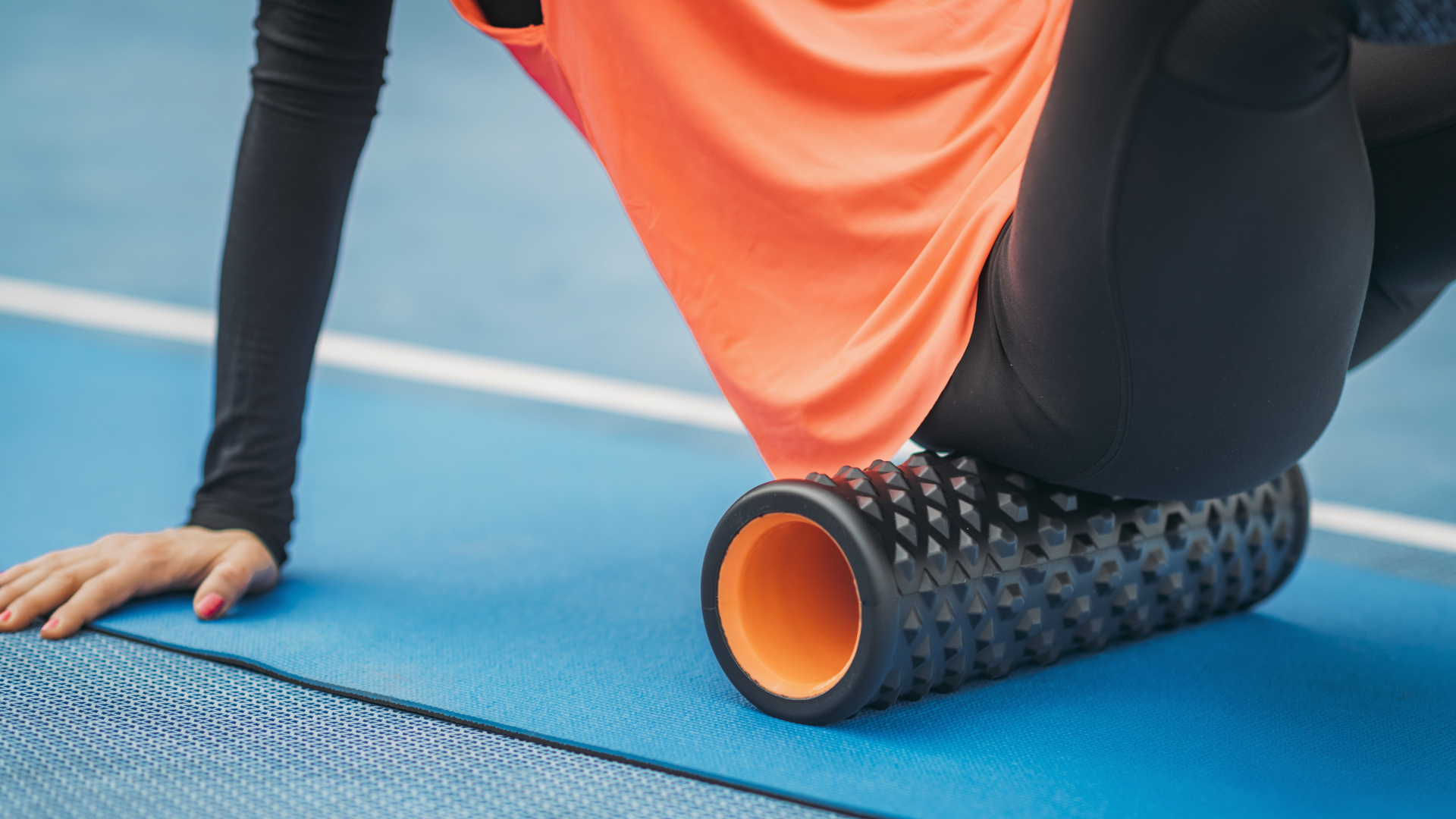
Another muscle group that works hard in running are your hip flexor muscles, those muscles at the front of your hip that contract every time you bring your leg up and are always tight if you’re a runner. When tight, these can pull your pelvis slightly forward which restricts your hamstring mobility too.
All the latest inspiration, tips and guides to help you plan your next Advnture!
Though stretching is definitely an important part of a runner’s routine as we outline in our article yoga stretches for runners, foam rolling is a really effective way to help unwind the patterns of tension in your connective tissue and keep your muscles moving optimally and your bones in good alignment. This will not only help with recovery but ensure you can run further and without injury. Best of all, foam rolling only takes a few minutes, so if you’re training for a big race, it doesn’t have to add hours to your weekly routine.
How often should runners foam roll?
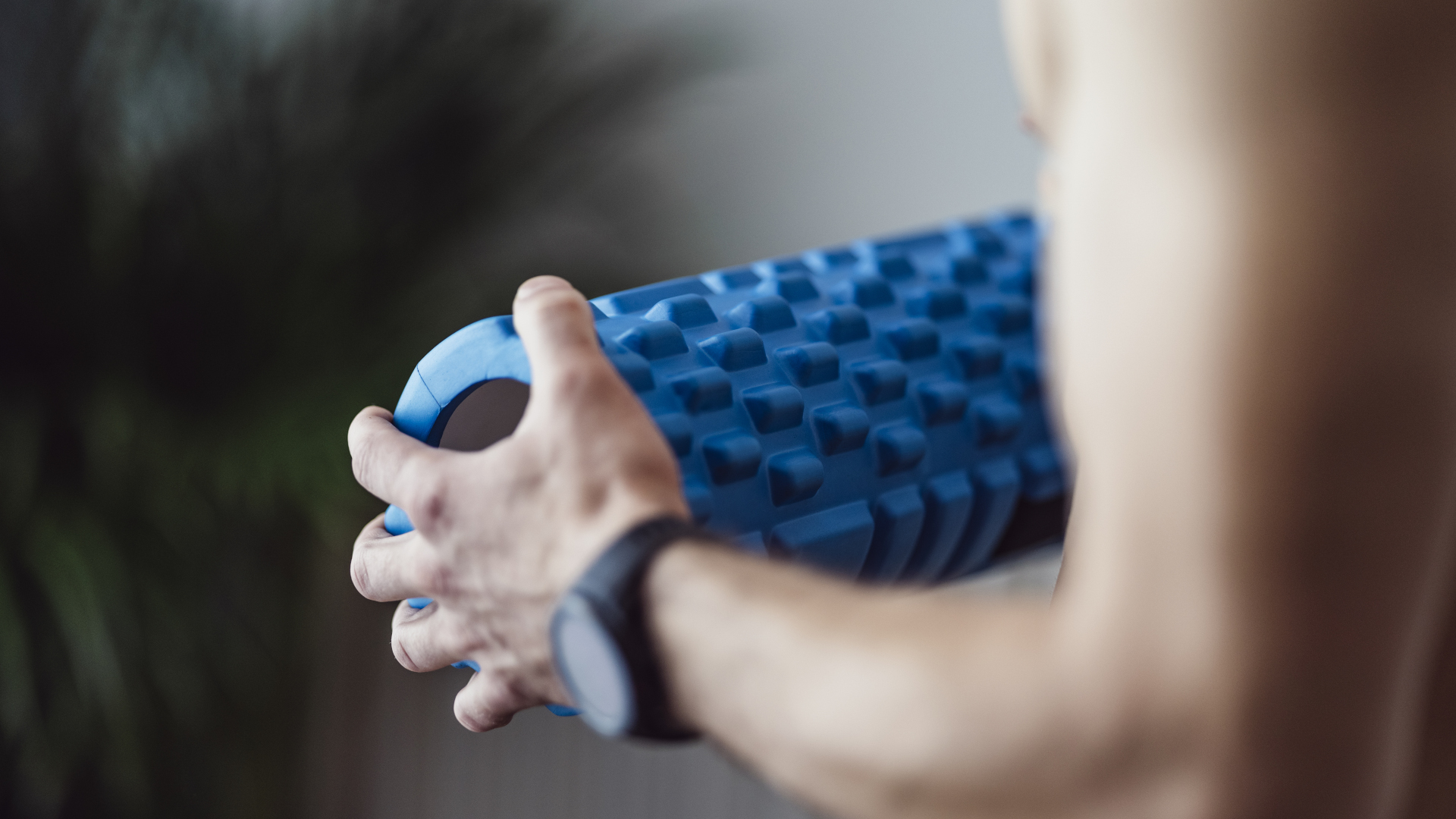
Though 2-3 times a week is usually recommended, the best practice is to make sure you foam roll on the days that you run. That way, you don’t allow too much stiffness to build up between runs. Certainly too much of anything can be a bad thing, but if you feel you’re getting a lot out of foam rolling, and only doing a few minutes each time, you can probably do it every day.
Is it okay to foam roll before running?
You can definitely foam roll before running to loosen things up. This might make your running more efficient and could play a role in injury prevention. You can also use foam rolling as a means of recovery, either immediately after your run or later the same day.
Looking for “trigger points”
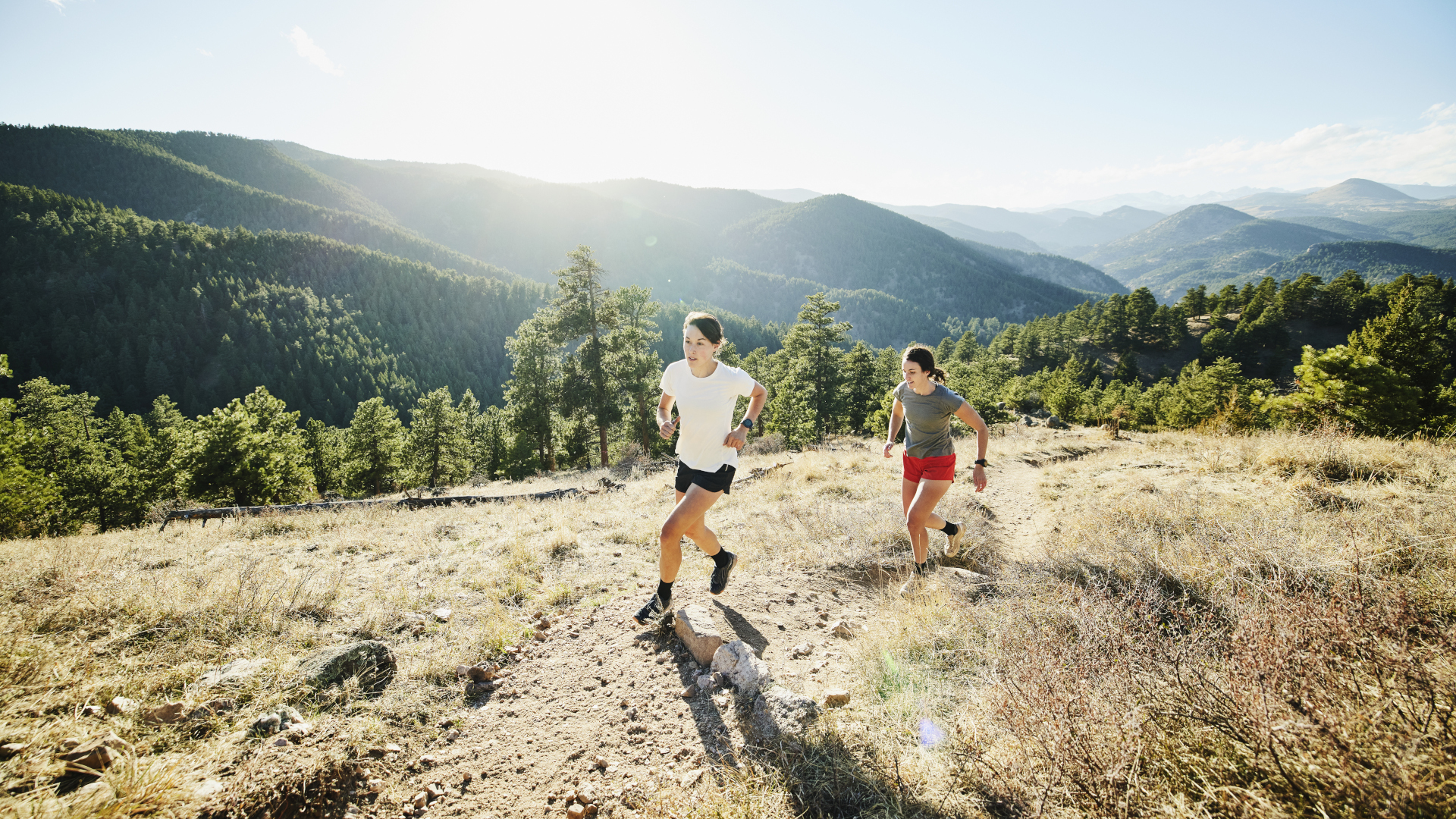
Foam rolling is very effective for runners and doesn't take long, but it’s also not always the most pleasant sensation. You’re looking for those sweet spots, known as “trigger points,” so if there’s a lot of sensation, don’t shy away from it – you’re in the right place! Just remember to breathe.
1. Quads and hip flexors
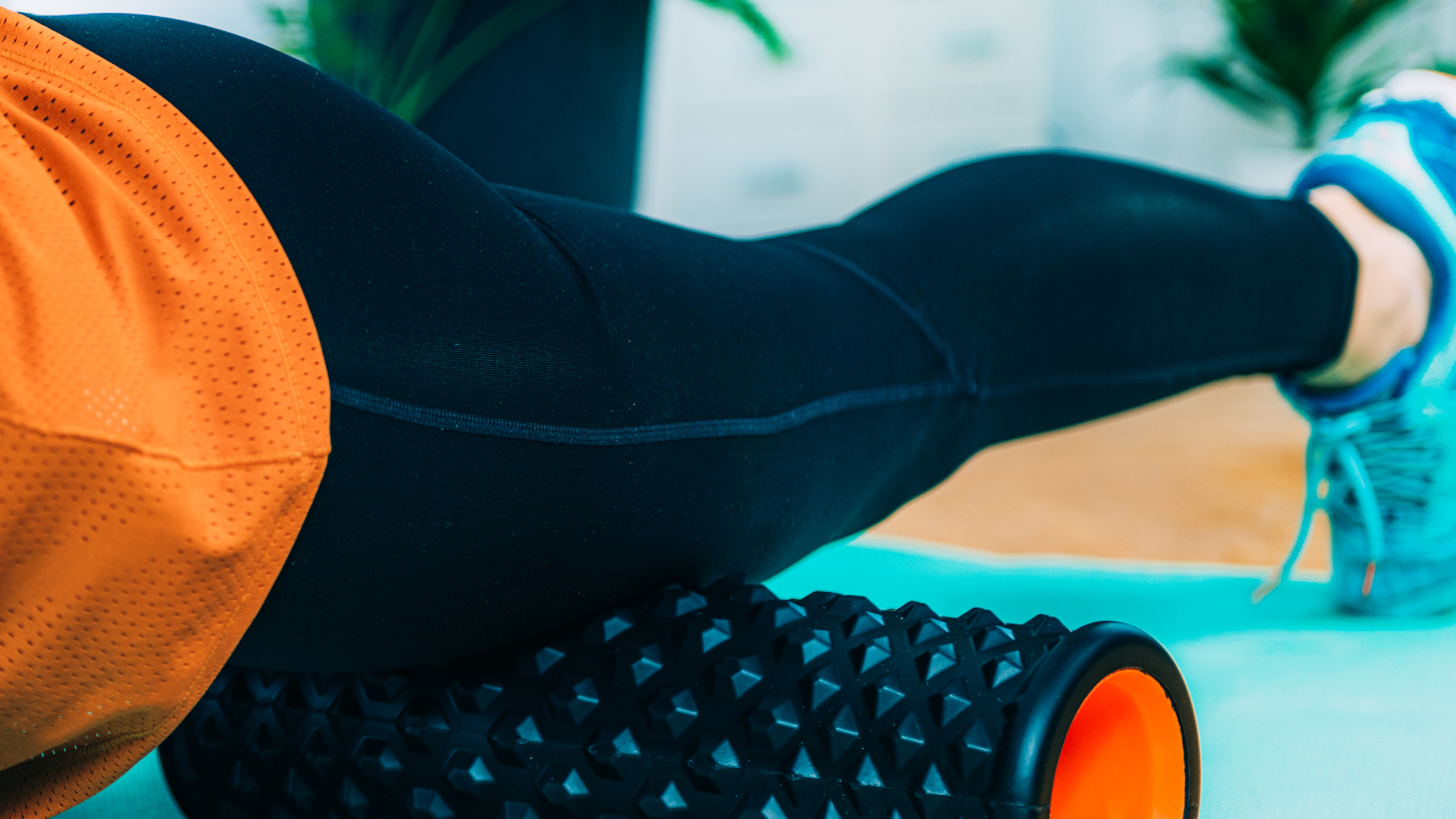
Start with your most running dominant muscles – quads and hip flexors. Lie on your front with the roller under your right thigh, prop yourself up on your elbows then slowly roll up and down, so the roller massages you from just above the knee cap all the way up almost to your frontal hip bone. Spend a couple of minutes then move on to your IT band.
2. Outer hip
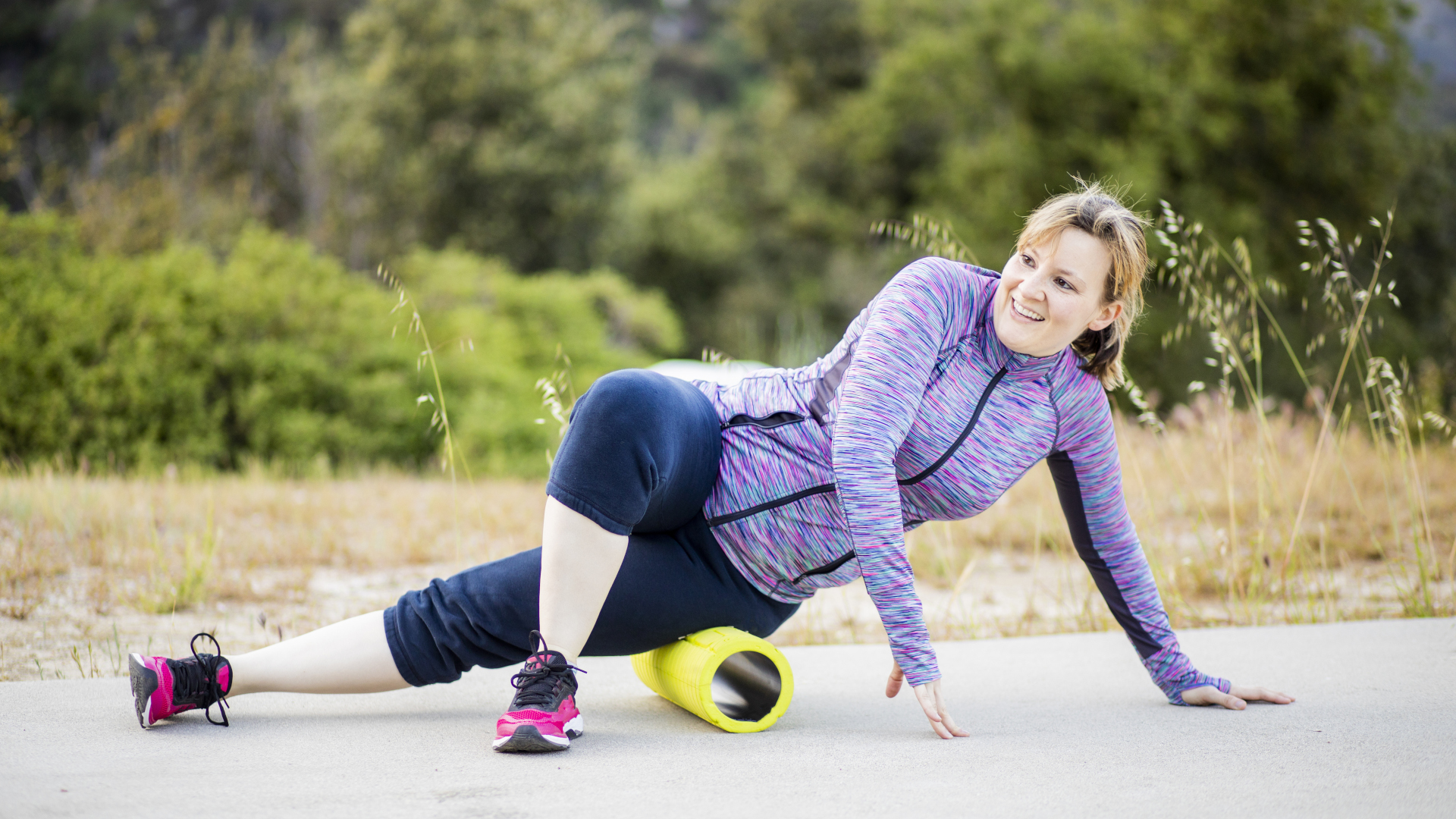
After you’ve done the quads, rollover onto your right side, prop yourself up on your right elbow and start to roll up on your right hip, between the crest of your hip bone and your femur head. When you’re finished, move the roller to your left thigh, begin with your quads and work through the whole series again.
3. Hamstrings, glutes and calves
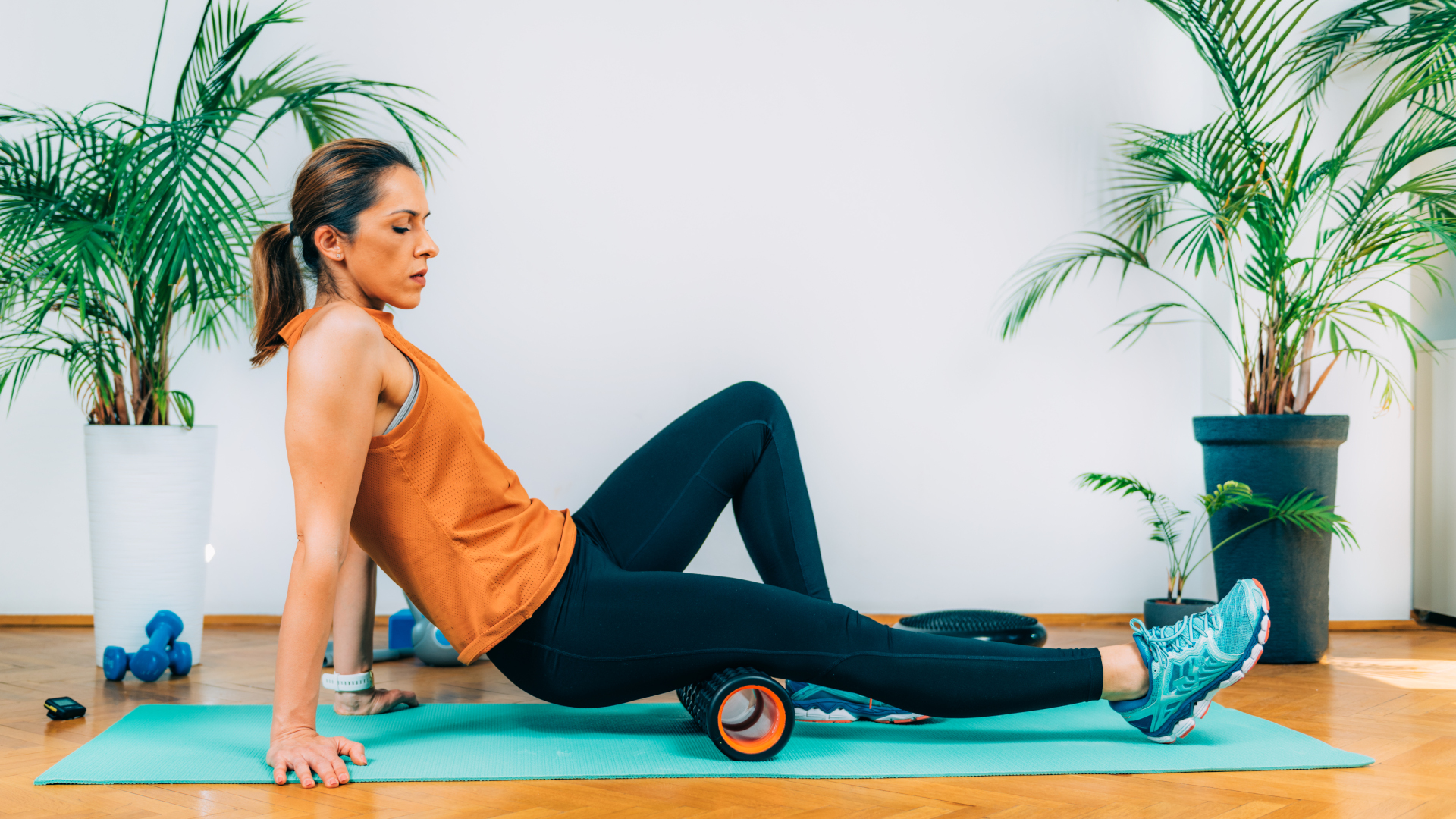
Sit on the roller then bend your left knee, placing your foot on the ground and lean back into your hands. Slowly move so that the roller runs up and down your right hamstrings – there are three muscles so make sure to lean a little left and right to target all three. Three or four good rolls is usually enough. Then lean back into your elbows and get your right glutes too. Finally, work down to a few rolls on your calf muscles. After a couple of minutes, repeat on your left side.
Julia Clarke is a staff writer for Advnture.com and the author of the book Restorative Yoga for Beginners. She loves to explore mountains on foot, bike, skis and belay and then recover on the the yoga mat. Julia graduated with a degree in journalism in 2004 and spent eight years working as a radio presenter in Kansas City, Vermont, Boston and New York City before discovering the joys of the Rocky Mountains. She then detoured west to Colorado and enjoyed 11 years teaching yoga in Vail before returning to her hometown of Glasgow, Scotland in 2020 to focus on family and writing.

